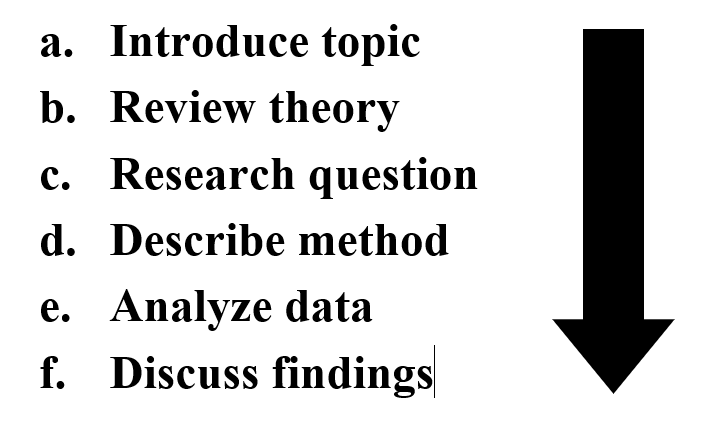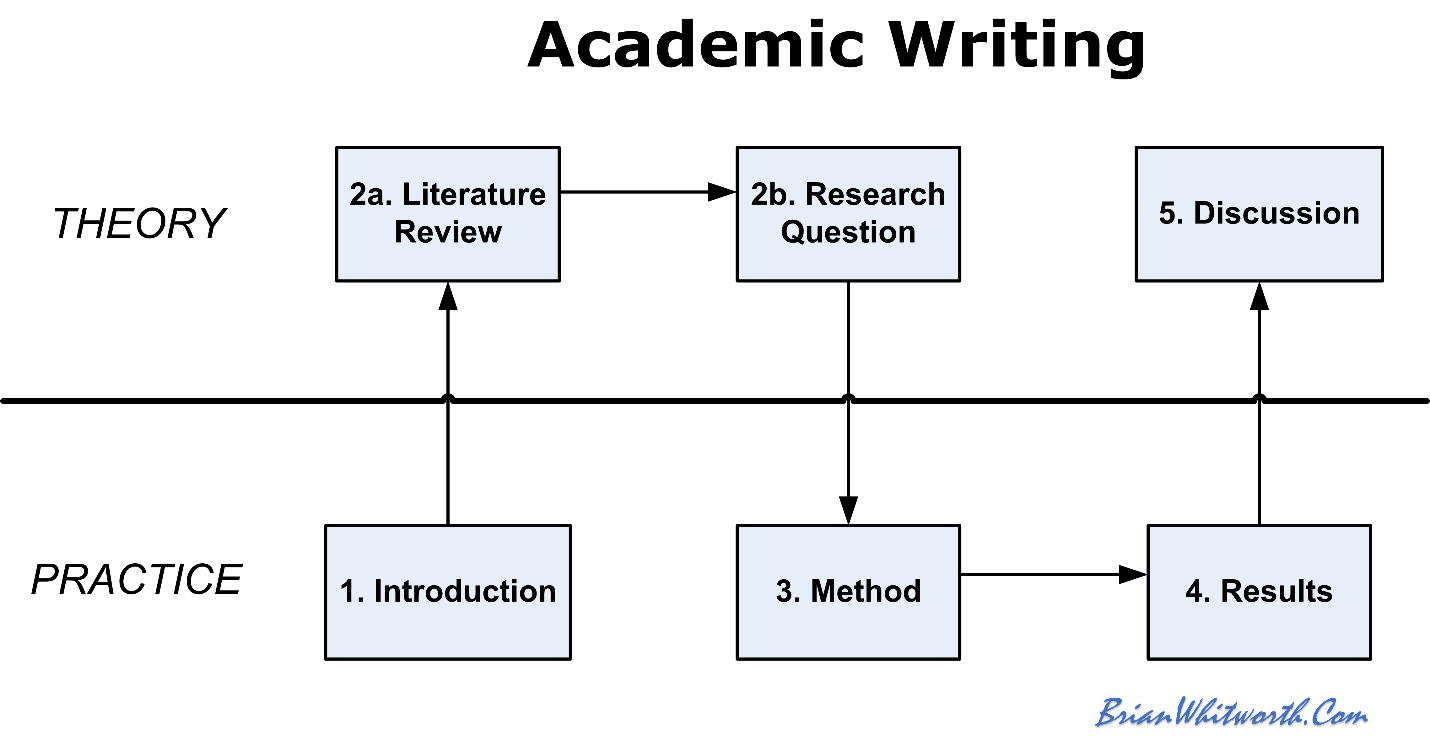
Academic papers of many forms still follow the sequence shown on the left. Different publication types expand, combine, omit or contract sections, and name them differently, but the general logical structure remains. In the figure below, academic writing idealizes the research journey as it moves between abstract theory and practical evidence. As will be seen, scientific research is powered by abstract theory but grounded in the practical evidence it finds. It is sad but true that no-one cares about your research trials and tribulations. So when writing up your results, omit dead-ends and false starts. A paper is not a record of the actual research journey but describes an ideal journey where everything was logical. This is not because research is logical, as it isn’t, but to make it easier for others to read. So the figure above describes academic writing as an ideal journey, not the actual one.
It is sad but true that no-one cares about your research trials and tribulations. So when writing up your results, omit dead-ends and false starts. A paper is not a record of the actual research journey but describes an ideal journey where everything was logical. This is not because research is logical, as it isn’t, but to make it easier for others to read. So the figure above describes academic writing as an ideal journey, not the actual one.
The names above may be used but not always – check the practice of your field. And not all fields have all parts, e.g. mathematics has no Method section. A research proposal for example stops at the method and has no results or discussion. The sections vary but the logical order stays the same. Writing up research in as follows makes it easier for others to read as they know where to look for what:
- Introduction. Topic, problem and purpose statements.
- Literature review. Theory framework and research question.
- Method. How evidence was gathered.
- Results. What the evidence showed, including findings.
- Discussion. Discuss the findings in broad terms.
- References. A list of the sources used in the paper.
The above are not headings, so the discussion part does not need to be called “Discussion” nor does the introduction need to be called “Introduction”. Choose headings that suit your paper and style.